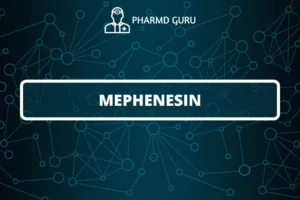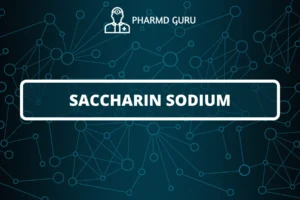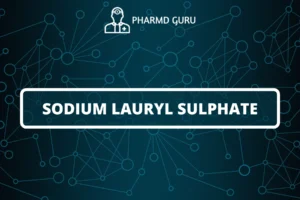The Michael addition is a versatile organic reaction that involves the nucleophilic addition of a nucleophile to a conjugated acceptor system, typically an α,β-unsaturated carbonyl compound. The reaction is named after Arthur Michael, the American chemist who first described this transformation.
SCROLL DOWN TO THE BOTTOM OF THIS PAGE FOR ACTUAL NOTES.
In the Michael addition, a nucleophile reacts with an α,β-unsaturated carbonyl compound, which contains a carbon-carbon double bond conjugated with a carbonyl group. The nucleophile can be an alkoxide, enolate, thiolate, or other nucleophilic species.
The general equation for the Michael addition is as follows:
R2C=CR1-C(O)R3 + Nu^- → R2C-CR1-C(O)R3-Nu
In this reaction, an α,β-unsaturated carbonyl compound (R2C=CR1-C(O)R3) reacts with a nucleophile (Nu^-) to form a product (R2C-CR1-C(O)R3-Nu) in which the nucleophile has added to the β-carbon of the unsaturated system.
The Michael addition can proceed through two different mechanisms: the 1,4-addition and the 1,2-addition.
- 1,4-Addition (Conjugate Addition): In the 1,4-addition, the nucleophile attacks the β-carbon of the α,β-unsaturated carbonyl compound, forming a bond and resulting in the formation of a new carbon-carbon bond. This leads to the addition of the nucleophile at the β-position relative to the carbonyl group.
- 1,2-Addition (Direct Addition): In some cases, particularly with strong nucleophiles, the addition can occur at the α-carbon of the α,β-unsaturated carbonyl compound, resulting in the direct addition of the nucleophile at the α-position relative to the carbonyl group.
The Michael addition is widely used in organic synthesis to construct carbon-carbon and carbon-heteroatom bonds. It provides a powerful method to introduce functional groups into molecules and create complex structures. The reaction is commonly employed in the synthesis of natural products, pharmaceuticals, and other organic compounds.
The choice of nucleophile, α,β-unsaturated carbonyl compound, and reaction conditions can influence the regioselectivity and stereochemistry of the Michael addition. The reaction can be catalyzed by bases or acids, and often requires appropriate solvents and temperature conditions to control the outcome.
In summary, the Michael addition is a valuable reaction for the formation of carbon-carbon and carbon-heteroatom bonds. It enables the introduction of nucleophilic groups into α,β-unsaturated carbonyl compounds, offering a versatile tool for the synthesis of diverse organic molecules.
ACTUAL NOTES:




